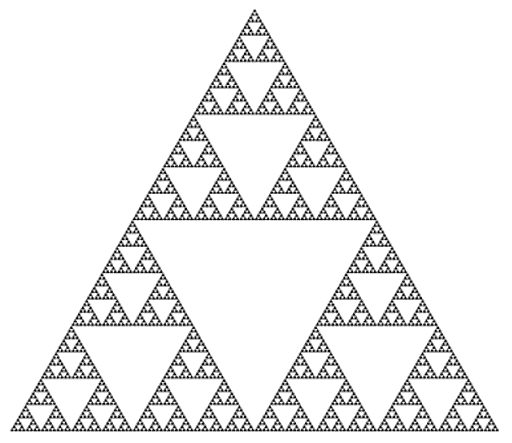The changing face of Planet Bob
Ladies, Gentlemen, Trolls, Neutrals, GodTier, n00btier.
I come today to put a few thoughts together about the structure of Bob, a little bit of how this is now being re-engineered by certain alliances and how the face of bob may look in the future.
This links into the discussion occuring here : http://forums.cybernations.net/index.php?/topic/119383-a-proposed-change-to-the-war-range-for-the-top-250500/
I'm someone who has run/been gov in alliances with upper tiers, mid tiers and lower tiers (BF1, LXXQTJMN & Non Grata). We also had a few super-upper tier nations at various points as well.
Up until equilibrium alliances fighting side by side usually had similar nation structure, a few big guys, a few really big guys and then standard alliance bottom tiers and mid tiers.
During the build up to equilibrium nations who were friends were being told that they may have to fight each other because of some idiot with a smaller nation (let's be honest that's what people were being told). Nations left because they did not want to smash into friends to suit someone else's ego trip of running a coalition.
Up until that point the majority of wars had a meaning. Wars now are just dog-piles without any meaning apart from you might be a threat in the future so we're going to crush you now. This type of behaviour angered our super upper tier who didn't hate certain alliances of note we were being linked towards hitting because they remember them as good raiding partners, this changed NG's point of view at least and they started holding the "we will only hit who activates our MD treaties" party line as it would ensure the alliance stuck together.
Post war certain nations left because DBDC became a real thing and they realised they had more freedom independent than as a part of a larger alliance.
So here we are... Nations have clustered together in the god tier together above a certain range to ensure that they are stable and defended if someone actually came to try and take them on.
This ensures 2 fold - 1 that they can not be used by "lesser men" as weapons of war in fights that they themselves do not believe in and 2, developing a community of nations where they support and defend each other if under attack.
They have left behind the ranges which they can't support (sub 100k ns) and grouped into, what many business departments would call, a cell. This cell then integrates into other alliances through treaties and defends/attacks because of that.
The quandary we face now therefore, is whether this is the structure alliances will begin moving towards in the future. Similar to how Umbrella and PC used to mainly have higher NS nations in their main AA. Will alliances focus on elite, or mid-tier natures rather than spending the resources building up to the upper tier again. Will the alliance structure now change as more nations become aware of their own fragility at certain ranges from defense by the alliances they are part of.
Are alliances as a concept now, inaccurate?

Will alliances move away from a single monolithic structure towards more compartmentalised structures which the formation of DBDC seems to indicate?
Has CN finally started going through another evolution? Just as we evolved from colour politics to alliance politics, are we now going to enter a more organic political landscape where nations, not alliances, start having alliances and treaties within their own ranges to fight single nations/characters they have beef with on planet bob?
Personally if this was the way the game moves towards I would be all for it as it would mean there would be many small scale wars occurring on bob, rather than the current global annihilation wars.



27 Comments
Recommended Comments